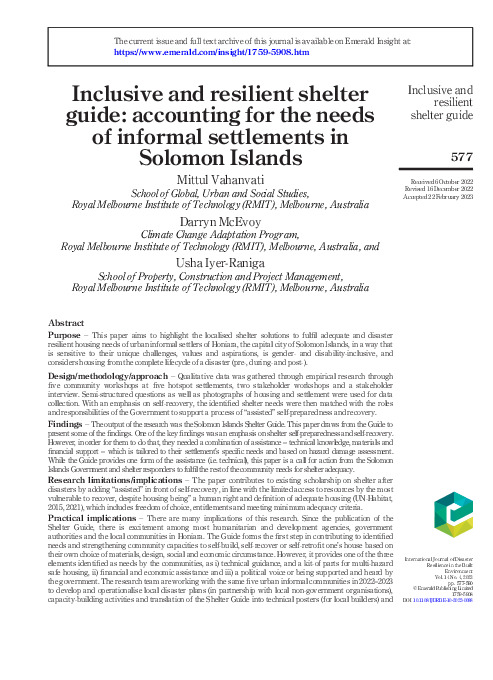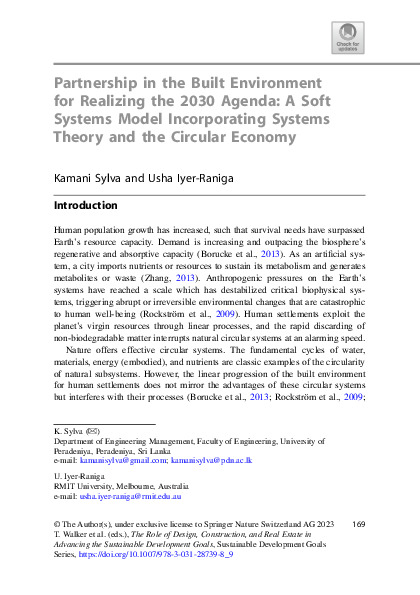Strategic programme to promote a circular economy
Finland has launched a strategic programme to promote a circular economy. The aim is to transform the economy into one that is based on the principles of circular economy by 2035. The transition into a circular economy is also a step towards achieving the Government's carbon neutrality target by 2035. The Finnish Government adopted the resolution on promoting a circular economy on 8 April 2021.
The strategic programme to promote a circular economy sets out objectives for the use of natural resources. It sets the objectives and indicators, specify the measures to be taken and allocate the resources needed to promote the circular economy and achieve systemic change.
Vision - Finland in 2035: Our economic success is founded on a carbon-neutral circular economy society.
Targets -
1) The consumption of non-renewable natural resources will decrease and the sustainable use of renewable natural resources may increase to the extent that the total consumption of primary raw materials in Finland in 2035 will not exceed what it was in 2015. Natural resources used to manufacture products for export are not covered by the objective.
2) The productivity of resources will double by 2035 from what it was in 2015.
3) The circular material use rate (CMU) will double by 2035.
The programme sets out the key measures by which the ministries will promote a circular economy in 2021–2024. They will create incentives, strengthen the markets, enhance expertise, promote digitalisation, and support a foreign policy that is in line with sustainable development. A broad spectrum of stakeholders such as different ministries and research institutes, in dialogue with companies, business sectors, local governments and private citizens, participated in the process to prepare the resolution.
Various stakeholders and sectors in the society must adjust their operating methods and create innovations to make the circular economy a reality. In particular, the construction and property industry has significant potential, because it is one of the largest consumers of natural resources. Municipal and regional administrations are key players in the circular economy. For example, they have considerable potential to promote services and solutions in urban planning and procurement that support the circular economy. In addition, municipal and regional administrations have contributed to cooperation between operator networks and ecosystems that support the circular economy and have collaborated to develop new solutions in the actual operating environment, for example.
In order to achieve the goals of the programme we have launched a process towards a low-carbon circular economy agreement with industry sectors, companies and regions. Based on ongoing scenario work, the organisations that join the agreement set goals and define effective measures to achieve the goals. Peer support, co-development and tackling administrative and technical challenges are key elements of a low-carbon circular economy agreement. In addition, a Circular Economy Competence Network has been established, which develops circular economy operating models, makes circular economy solutions visible and supports the discovery of new solutions through co-development. The circular economy has also been supported by tax incentives, investment financing and public procurement.
The Government has also directed funding to development, innovation and ecosystem activities that promote a low-carbon circular economy and Business Finland (innovation fund) to investments in demonstrations and establishments such as production and material technologies that save natural resources in the industrial sector.


